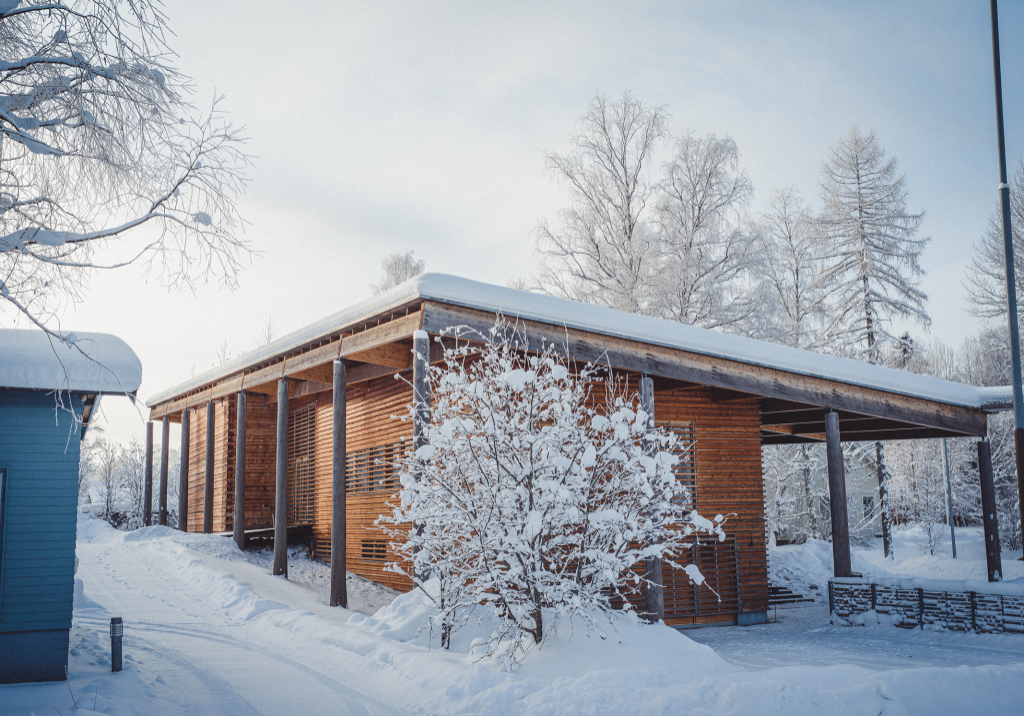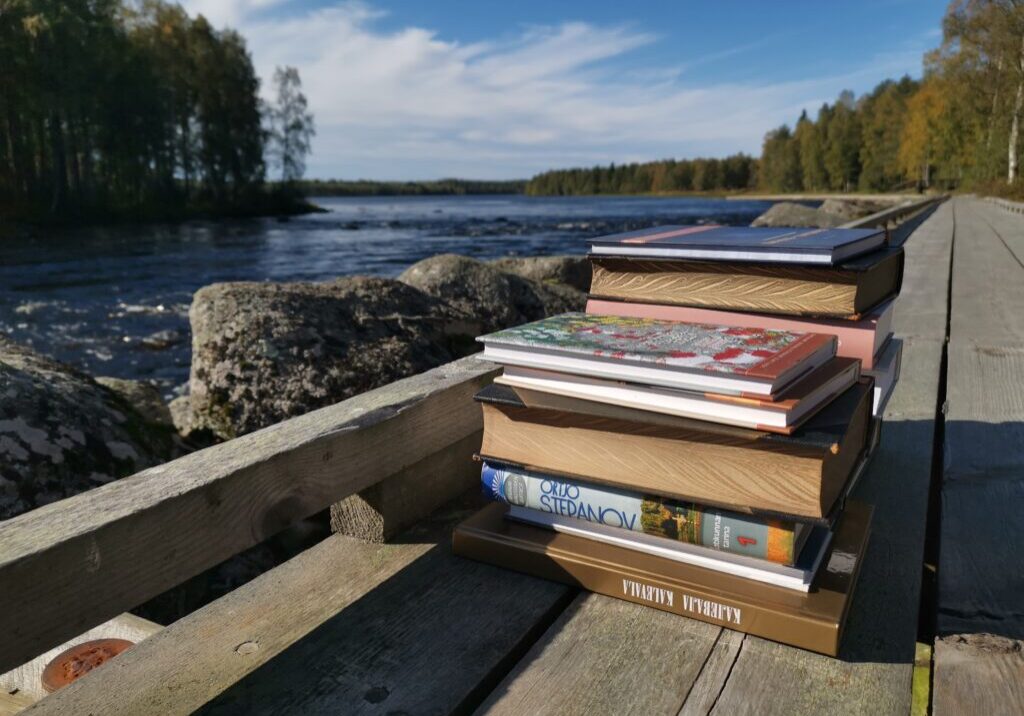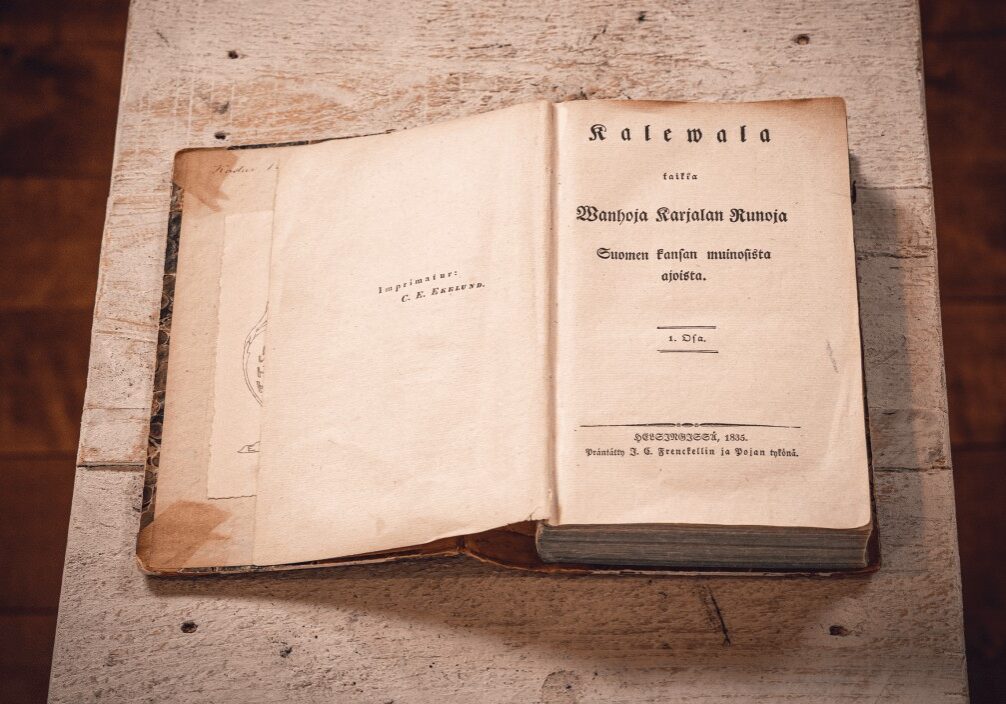
Lönnrot delayed the departure from Kuhmo due to some health problems and also because he waited for the Board of the Doctors to send the vaccines to Repola. In the meanwhile Lönnrot went to the villages close to the border with the priest and took the opportunity to collect the songs of the Karelians arrived from Russia. He spent the rest of the time playing cards with the nobles of the parish and the local officers.
The question "What do you think of the name Kalevala'" in the letter to Keckman (12.4.1835) has prompted certain researchers - who are unfamiliar with the relevant material - and certain Kalevala enthusiasts to speculate that the work received its name on the basis of the letter.
Lönnrot had in fact given his accomplishment a name long before. He had started thinking about the name well over a year before he wrote the above letter, for at that time he sent Keckman a manuscript he was later to call "the First Kalevala." He had stopped the publication of that manuscript when he returned from his fifth field trip in order to add the contributions of Arhippa Perttunen and other singers. Suggested names for the "First Kalevala", which Lönnrot rejected even as he presented them were "Väinämöinen", "Ilmarinen and Lemminkäinen", "Väinämöinen, Ilmarinen and Lemminkäinen", "The mythology of the Finnish people in old poems, or Väinölä and Pohjola", and "The Kantele of Väinämöinen". These were names which Lönnrot suggested to Keckman in a letter of 14 March 1834.
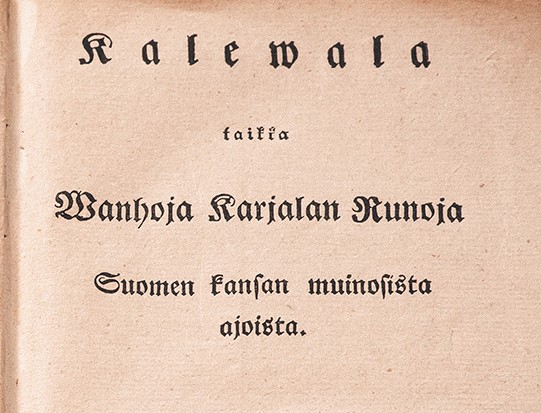
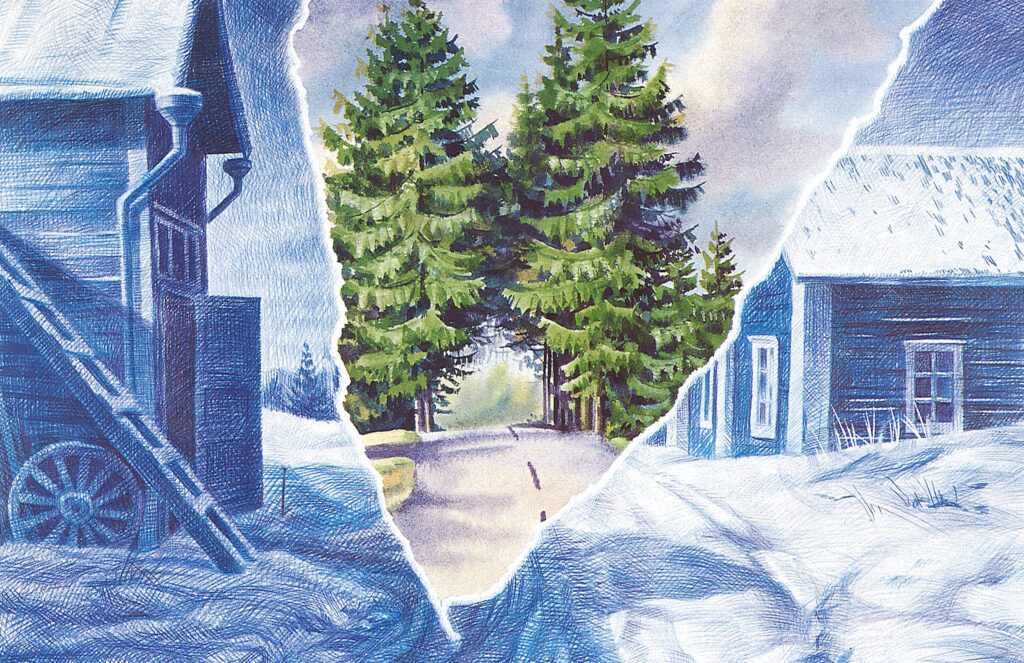
The name "Kalevala" was coined at the end of 1834. After his autumn trip, on 28 November, Lönnrot wrote to J.F. Ticklen:
All autumn I have been organizing a large collection of Finnish poems into a narrative poem I call "the Kalevala". Vanhan Kalevalan lopullinen nimi täydellisessä asussaan kuului: "Kalewala taikka Wanhoja Karjalan Runoja Suomen kansan muinosista ajoista".
Lönnrot wrote to Keckman again after returning from his sixth field trip to collect poetry in Karelia. The letter, dated 8 May 1835, describes the route Lönnrot took on his journey. Once he returned to Finland, the jouney turned into a business trip. On the 1st of May 1835, in the parish of Kianta, Lönnrot wrote down his adventures in Karelia and what happened during the return trip to Kianta.
On Wednesday 22 April I left the parish of Rukavaara where I had been well hosted. As for the songs, my presence there was worthless. On the last day I finally managed to get some laments out of an old woman and not even valuable ones. I had tried to wrote down laments before but I don't know why it has never worked. Apparently those songs are really old and include weird words that cannot be understood anymore. When I asked to sing those songs they forgot half of the words as well as the name of the singer and nothing came of it. During the weddings they grieve for the girl leaving the house, during the funerals they grive for the dead, etc.
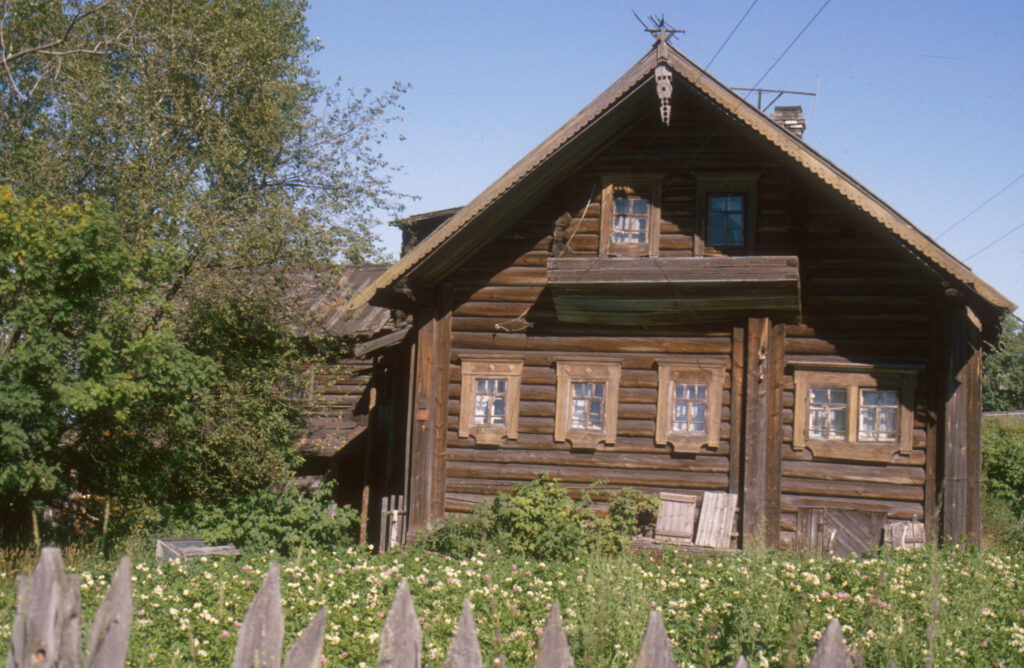
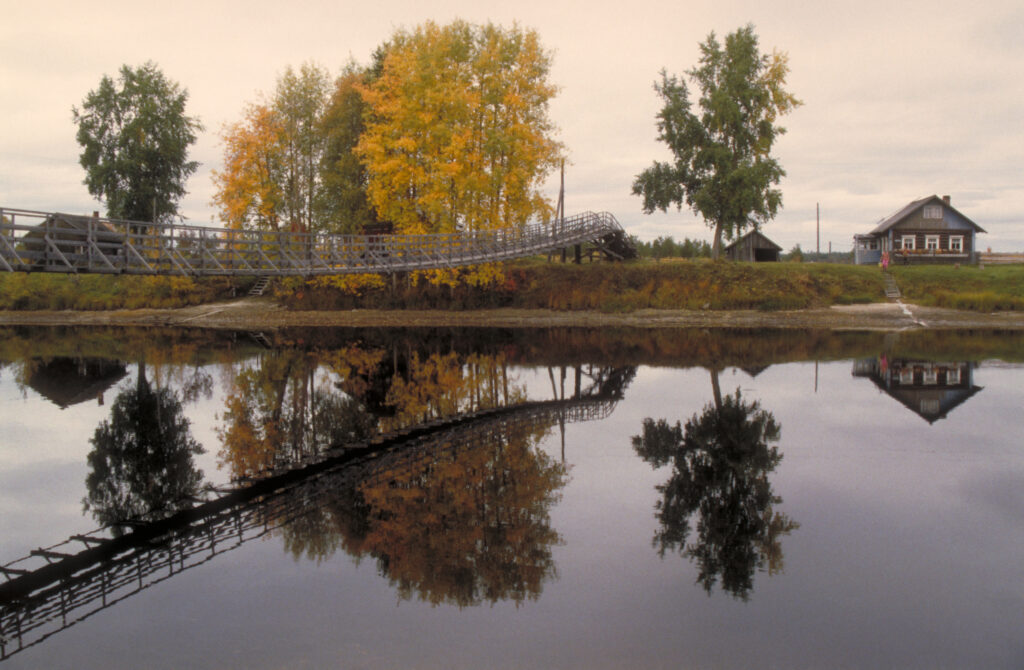
From Rukavaara 13 versts to Jekko's house in Tiiksi, from there 20 to Kellovaara, then 7 to Sirkkemi, 43 to Jyskyjärvi, 40 to Nurmilahti, 10 to Luusalmi, 30 to Uhtuva, 15 to Jyvälahti, 30 to Vuokkiniemi, 5 to Tsenaniemi, 25 to Kivijärvi, 6 to Viianki, 4 to Hyry, 10 to Pussila, 50 to the parish of Kianta. Sirkkemi was also called Sirkkakemi. We spent a night at Jekko's and then travelled 23 versts to Kellovaara where I learned some songs from an old woman, who was Arhippa Perttunen's sister. In the evening I went to Kemijoki from Jyskyjärvi. We had been told the ice was bad so 2 man escorted us: one was that woman's son and the other his uncle (djädo). At night we stopped in a forest hut to rest for a while and then continued the journey. I slept on the sleigh. Once I woke up to the sound of a beautiful song. In the second forest hut I wrote down some songs from Simana, the woman's son, for a couple of hours and in the afternoon we reached Jyskyjärvi.
